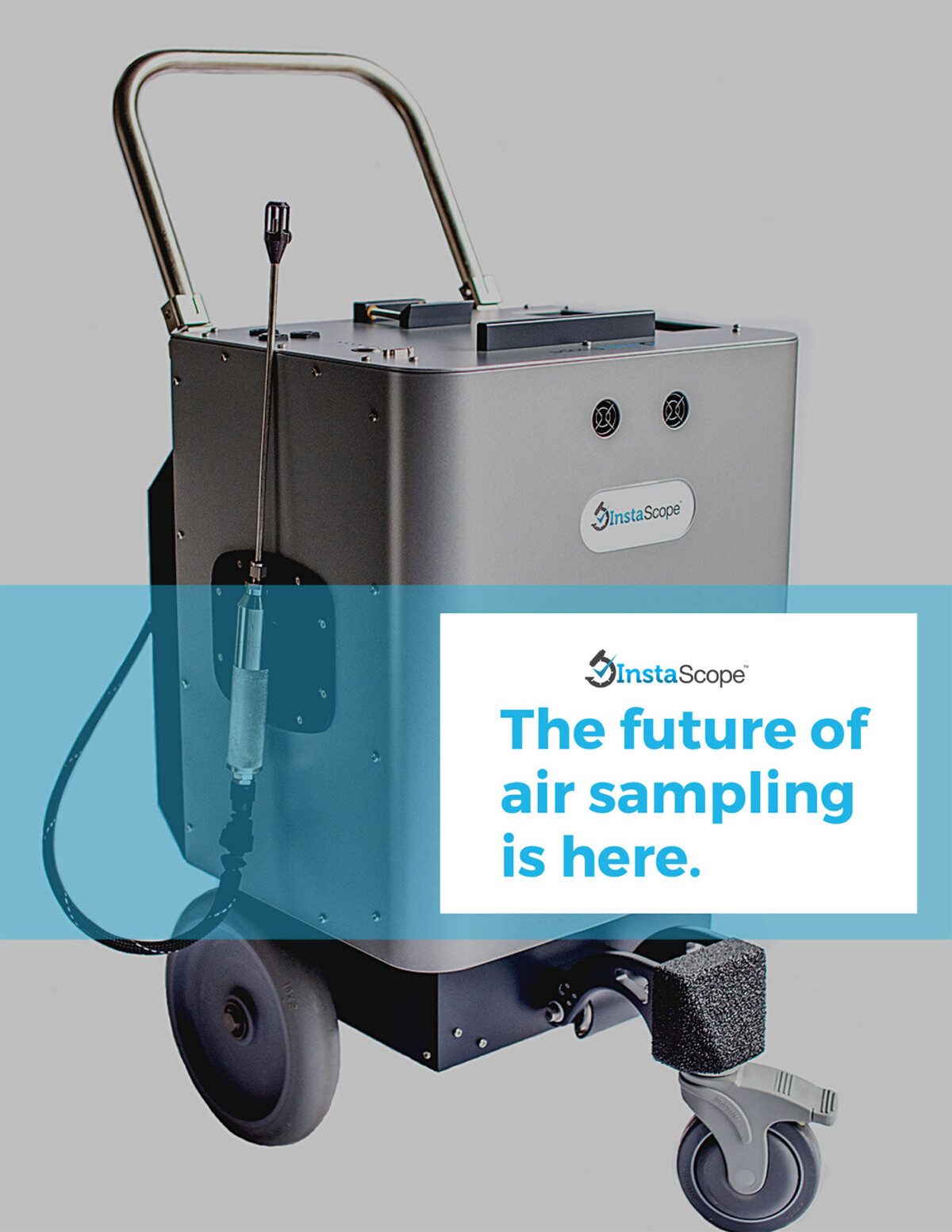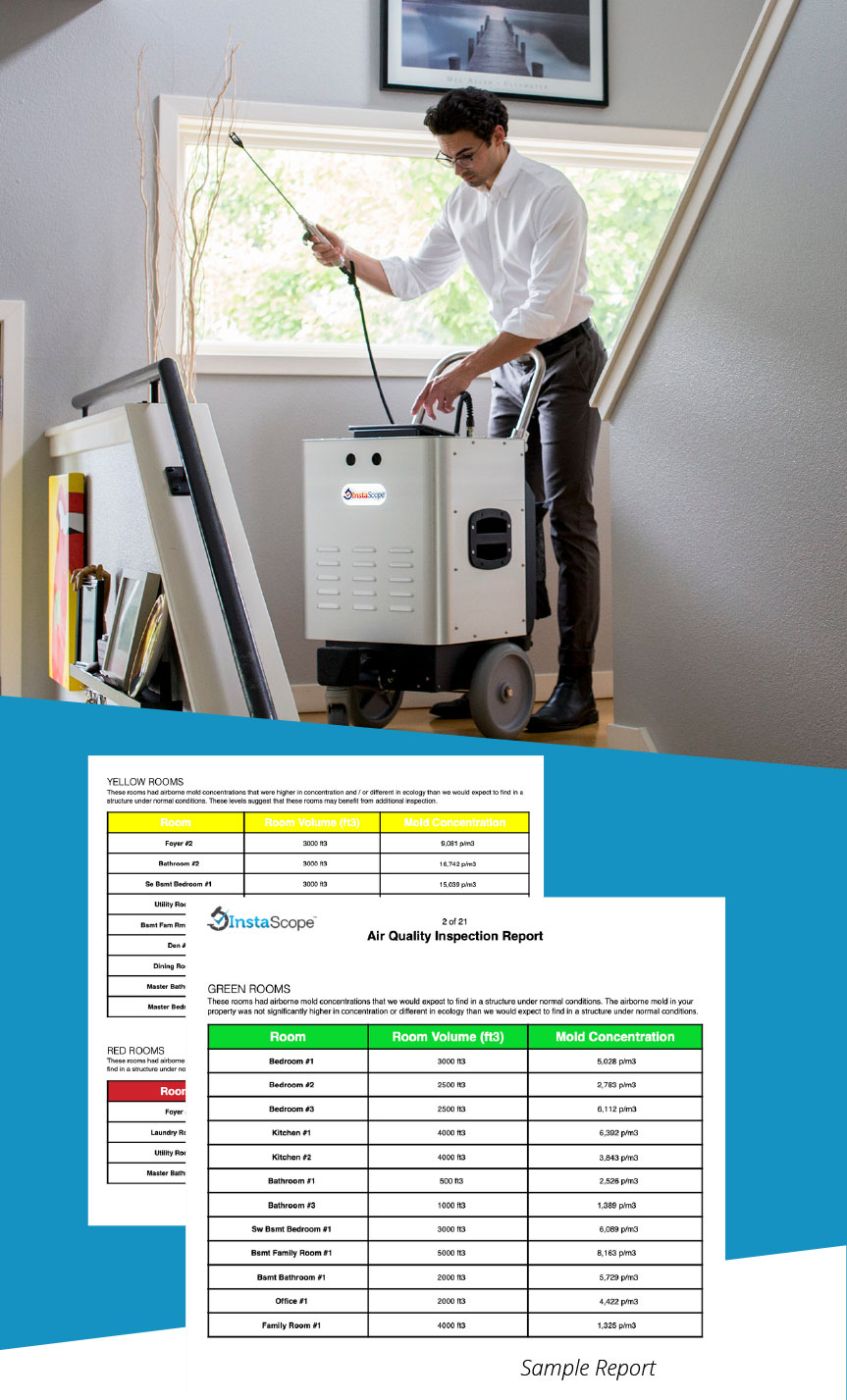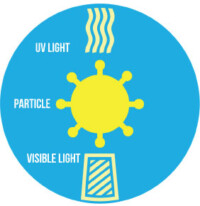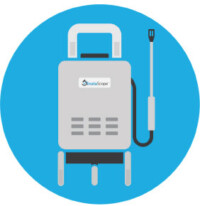Do you know what you’re breathing?
Do you know what you’re breathing?

According to the EPA, all homes contain airborne mold. However, the high levels of mold can cause poor air quality and unhealthy conditions. Mold can also signal structural issues due to water intrusion, damaging your home’s foundation, roof, HVAC system and more.
At Healthy Dwellings we use the latest technology to analyze air samples and inspect every room in your home so you get the most objective information on-site same day.
Introducing Instascope
Introducing Instascope

Technology for Instant Mold Inspection and Air Quality Assessment
Technology for Instant Mold Inspection and Air Quality Assessment
What is InstaScope™?
InstaScope is the most sophisticated technology used by service providers to assess indoor air quality through the detection of mold, bacteria/viruses, pollen and other airborne microbes. The technology performs a whole-area scan of every room for instant, objective, accurate results.
How is InstaScope different from other sampling methods?
InstaScope is the only technology on the market that detects mold, bacteria/viruses, and pollen in real-time and generates reports for customers on-site. There are several sampling tools on the market, but they risk static sampling and subjective analysis that can lead to inaccurate results. With InstaScope’s unlimited sampling capabilities, inspectors can perform a whole-area assessment of every room’s air quality. This allows service providers to do more thorough investigations with informed solutions that will best optimize your indoor air quality.
Traditional sampling methods have associated lab fees and can take several days for results to come back. InstaScope reports in real-time so customers can actually see mold spores spiking while a scan is being conducted.

How does InstaScope™ work?

Mold is naturally occurring. An InstaScope inspector will always start the session with a baseline scan measuring the natural levels found outside the structure so there are baseline levels to compare results with.
Mold is naturally occurring. An InstaScope inspector will always start the session with a baseline scan measuring the natural levels found outside the structure so there are baseline levels to compare results with.

Once a baseline scan is finished, the inspector moves InstaScope around each room being scanned and begins the air sampling process. Particles enter through the InstaScope wand and flow into the instrument’s chamber.
Once a baseline scan is finished, the inspector moves InstaScope around each room being scanned and begins the air sampling process. Particles enter through the InstaScope wand and flow into the instrument’s chamber.

Inside the optical chamber, the mold particle is hit with a laser beam which determines its size. Based on the particles size, it will illuminate the particle in UV light.
Inside the optical chamber, the mold particle is hit with a laser beam which determines its size. Based on the particles size, it will illuminate the particle in UV light.

The fluorescent light is then analyzed by the computer to determine specific size, color and color intensity of the particle. This is called biofluerensce and is what differentiates particles from one another.
The fluorescent light is then analyzed by the computer to determine specific size, color and color intensity of the particle. This is called biofluerensce and is what differentiates particles from one another.

Results are displayed in real-time on the iPad and ready to review on-site.
Results are displayed in real-time on the iPad and ready to review on-site.
